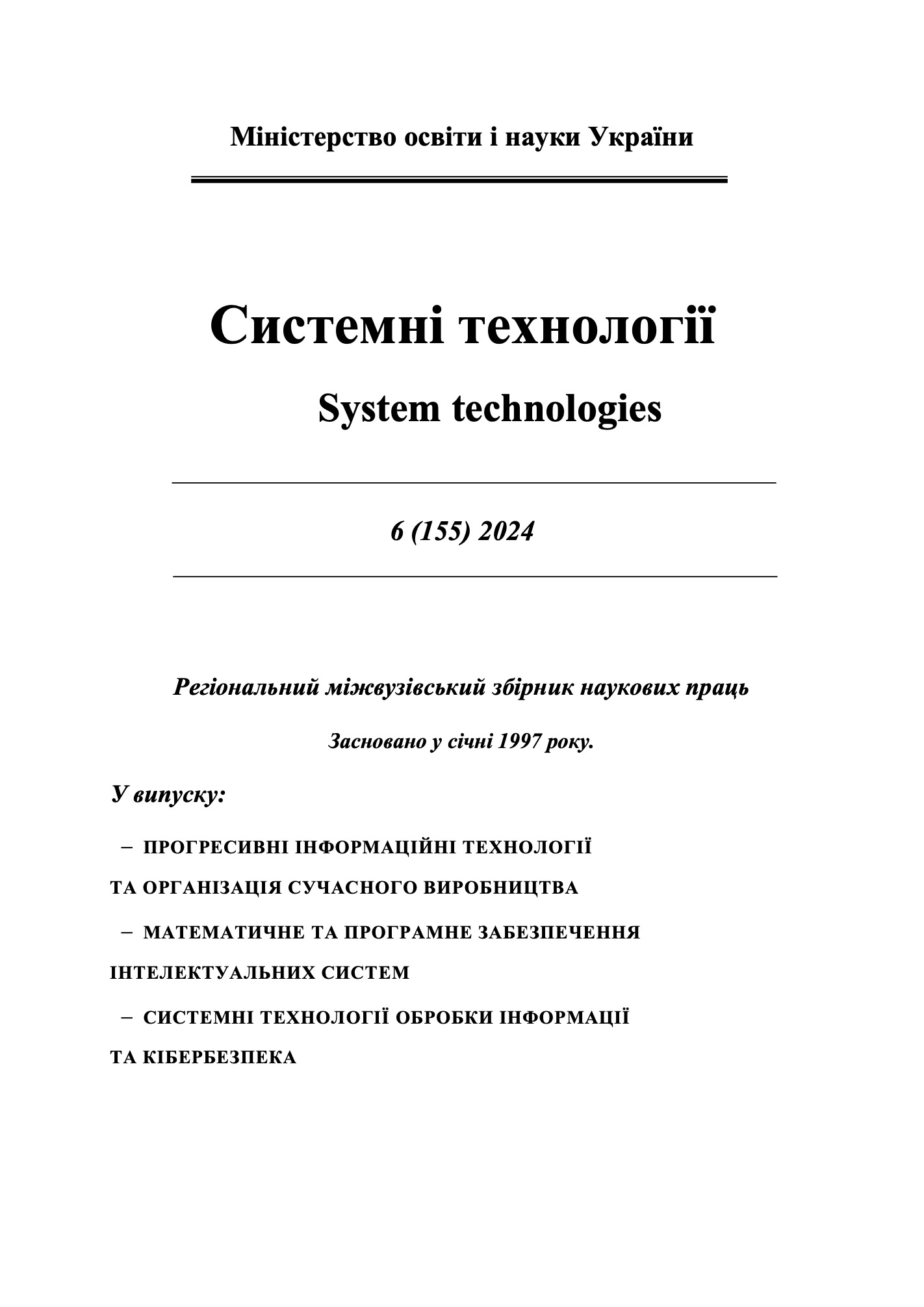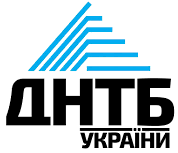Justification of the application of a distributed network of photoelectric converters to power a linear motor of magnetolevitation transport
DOI:
https://doi.org/10.34185/1562-9945-6-155-2024-02Keywords:
linear motor, photovoltaic system, power supply, magnetic levitation train, transport, storage device.Abstract
Modern high-speed transport is the basis of sustainable economic and social development of the state, society in compliance with environmental requirements. The concept of power supply of a linear motor of magneto-levitation transport from a distributed network of photovoltaic converters is substantiated. The basic power element of a track power plant is proposed in the form of a completed unit consisting of a solar panel, a storage device and an inverter, which operates on a load in the form of a "short" track coil. The use of a "short" track coil allows reducing electrical energy losses, since the traction force is formed only in the zone of interaction with the rolling stock, energy is not transmitted to unused sections of the track structure. By reducing the length of the working section, other energy indicators of the system as a whole are significantly suspended, in particular the power factor and effi-ciency. Reducing the length of the working sections in conditions of high speeds of rolling stock will lead to increased requirements for reliability and speed of operation of track switches. The track switches are created on the basis of power semiconductor switches, which are controlled by modern microcontrollers. The effectiveness of the proposed structure de-pends on the solar activity in the region of the transport artery. The estimated solar activity indicators allow us to state that the weight indicators of the rolling stock that must move on the track with a "short" section correspond to the available resources.
References
6 FPE Instruments, (Implementing the Prior by Thematic Areas of the Sixth Frame Pro-gram // European Commission. Community Research. – 2002. – № 2. – Р. 4
Fritz E., Kluhspies J., Kircher R., Witt M., Blow L. Energy Consumption of Track-Based High-Speed Transportation Systems: Maglev Technologies in Comparison with Steel-Wheel Rail. Transportation Systems and Technology. Vol. 4(3). P. 134-155. https://doi.org/10.17816/transsyst201843s1134-155
Wenk M., Klühspies J., Blow L., Kircher R., Fritz E., Witt M., Hekler M. Maglev: Science Experiment or the Future of Transport? Practical Investigation of Future Perspectives and Limitations of Maglev Technologies in Comparison with Steel-Wheel-Rail. Germany: The International Maglev Board, 2018. 44 p.
Systemy upravlinnia i enerhozabezpechennia mahnitolevitatsiinoho transportu / Dzenzer-skyi V. O., Plaksin S. V., Pohorila L. M., Toldaiev V. H., Shkil Yu. V. Kyiv: Naukova dumka, 2014. 276 s.
Mukha, A. M., Plaksin, S. V., Pohorila, L. M., Ustymenko, D. V., & Shkil, Y. V. (2022). Combined System of Synchronized Simultaneous Control of Magnetic Plane Movement and Suspension. Science and Transport Progress, 1(97), 23-31. DOI: https://doi.org/10.15802/stp2022/265332
Mkhitarian N.M. Helioenerhetyka. Systemy, tekhnolohii, vykorystannia. – Kyiv: Naukova dumka, 2002. – 320 s
Downloads
Published
Issue
Section
License
Copyright (c) 2025 System technologies

This work is licensed under a Creative Commons Attribution 4.0 International License.















